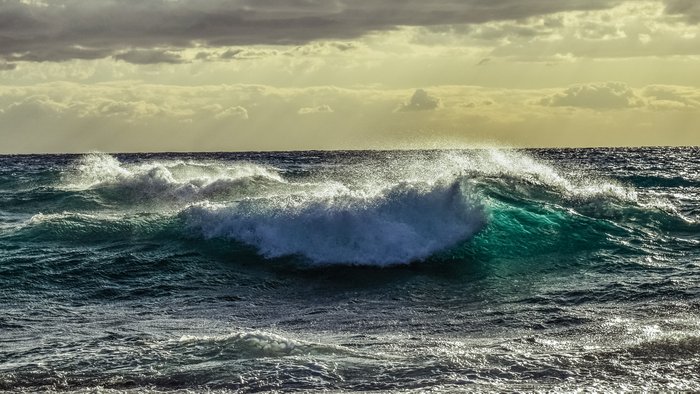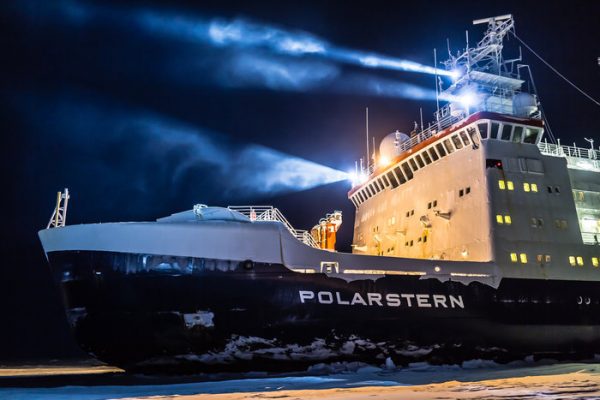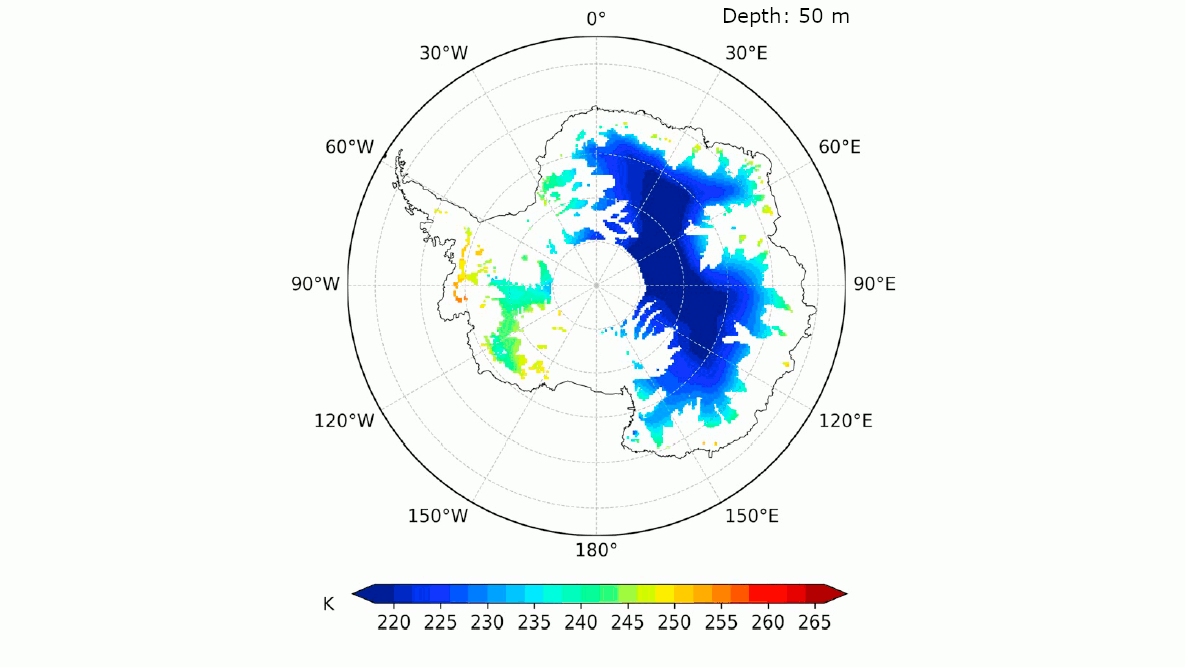Greenland ice loss much faster than expected
The Ice Sheet Mass Balance Inter-comparison Exercise (IMBIE), an international team of 89 polar scientists led by Andrew Shepherd from the University of Leeds and Erik Ivins at NASA’s Jet Propulsion Laboratory, compared and combined data from 11 satellites – including ESA’s ERS-1, ERS-2, Envisat and CryoSat missions, as well as the EU’s Copernicus Sentinel-1 …




